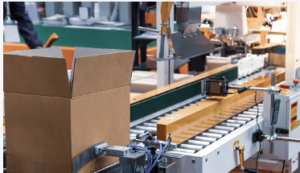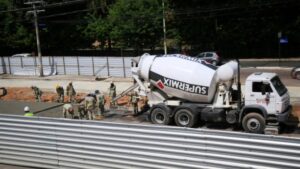Light up letters are an ideal way to add a festive flair to any event. Not only will these decorations set the atmosphere, but they will also excite your guests!
These XL Letters light up letter hire Adelaide in various styles, fonts and colours to suit any taste. Plus, you can personalise them to match the theme of your party!
Custom Light Up Letters
 XL Letters light up letter hire Adelaide is an exciting and easy way to add some pizzazz to your event. Available in all sorts of shapes and sizes, there’s sure to be something suitable for everyone’s taste. Plus, installation and removal are a lot of fun – ensuring everyone remembers what an unforgettable day it was! All that’s required is patience and the right tools – plus the best part? You can reuse these light up letters multiple times to remind you of that special day for years!
XL Letters light up letter hire Adelaide is an exciting and easy way to add some pizzazz to your event. Available in all sorts of shapes and sizes, there’s sure to be something suitable for everyone’s taste. Plus, installation and removal are a lot of fun – ensuring everyone remembers what an unforgettable day it was! All that’s required is patience and the right tools – plus the best part? You can reuse these light up letters multiple times to remind you of that special day for years!
The great thing about these themes is that they’re relatively affordable. That means you can spend more time planning your special day and less worrying about its decor. Ultimately, choose a theme that reflects your style and budget – after all, your event should be an extension of yourself!
Marquee Letter Lights
Marquee letter lights are an eye-catching and creative way to decorate your home or event. With various shapes and sizes available, they can be tailored to meet any need.
Marquee letters have been around for generations, originally only found in theatres and circus tents to illuminate the name of an event. They’re a popular decorative element that marks special occasions like weddings or quinceaneras.
They have become a go-to decoration choice for weddings due to their unique and creative look, plus they’re easy to set up and move from place to place throughout the ceremony and reception.
These stunning marquee lights can add a lovely touch to your wedding venue. Place them near the front door, near dessert tables or even in front of an open bar to entice guests and let them know what kind of atmosphere awaits them on your special day.
You can also use marquee signs as a fun and creative photo backdrop for your wedding. For instance, you could write a funny quote on one and hang it behind the wedding table so guests take pictures in front of it.
These lights can create a unique atmosphere in your home or any other space. They’re great for decorating front porches and other outdoor areas, particularly if you want to add some personality. In addition, they offer an alternative solution to traditional neon signs. You may even mount them on trees or attach patio furniture for enjoyment!
Letter Balloons
Letter balloons are an elegant and eye-catching way to add pizzazz to your event. With various colours and sizes available, you can pick one that best fits your space and budget.
Air or helium balloons can be inflated for any celebration or party and make incredible decorations at the table. Use them to spell names or words or even create balloon banners for photo ops! They make excellent table decorations as well.
This letter balloon’s large size and shape make it a perfect decoration for wedding ceremonies or engagement parties. They will be impressive, but you can combine them with other mylar foil balloons to create a unique visual display.
Letter balloons are also an excellent choice for making a special announcement on birthdays or holidays. It is particularly useful if you’re welcoming a new member to the family or joining forces on an exciting venture.
Your next party doesn’t have to be without these eye-catching decorations – they’re easy to inflate and deflate for multiple uses, making them a budget-friendly alternative to more costly decor. Plus, with so many online stores offering great deals on light up letter balloons, you’re sure to find one that perfectly complements your decor scheme!
 Improves the Appearance of Your Room
Improves the Appearance of Your Room On-page optimisation (OPO) improves web pages’ visibility on search engine result pages (SERPs). It is essential since it enables websites to rank highly for specific keywords that drive targeted traffic.
On-page optimisation (OPO) improves web pages’ visibility on search engine result pages (SERPs). It is essential since it enables websites to rank highly for specific keywords that drive targeted traffic. RAMP-RFID RFID reader
RAMP-RFID RFID reader Before you start, ensuring you have the right equipment for your needs is important. You’ll need tools like a concrete saw, chisel pliers, and jackhammers to do the job properly. You may also need a power planer for larger jobs and an angle grinder to smooth out rough edges.
Before you start, ensuring you have the right equipment for your needs is important. You’ll need tools like a concrete saw, chisel pliers, and jackhammers to do the job properly. You may also need a power planer for larger jobs and an angle grinder to smooth out rough edges. The largest rubbish dump in the world is in Mumbai
The largest rubbish dump in the world is in Mumbai

